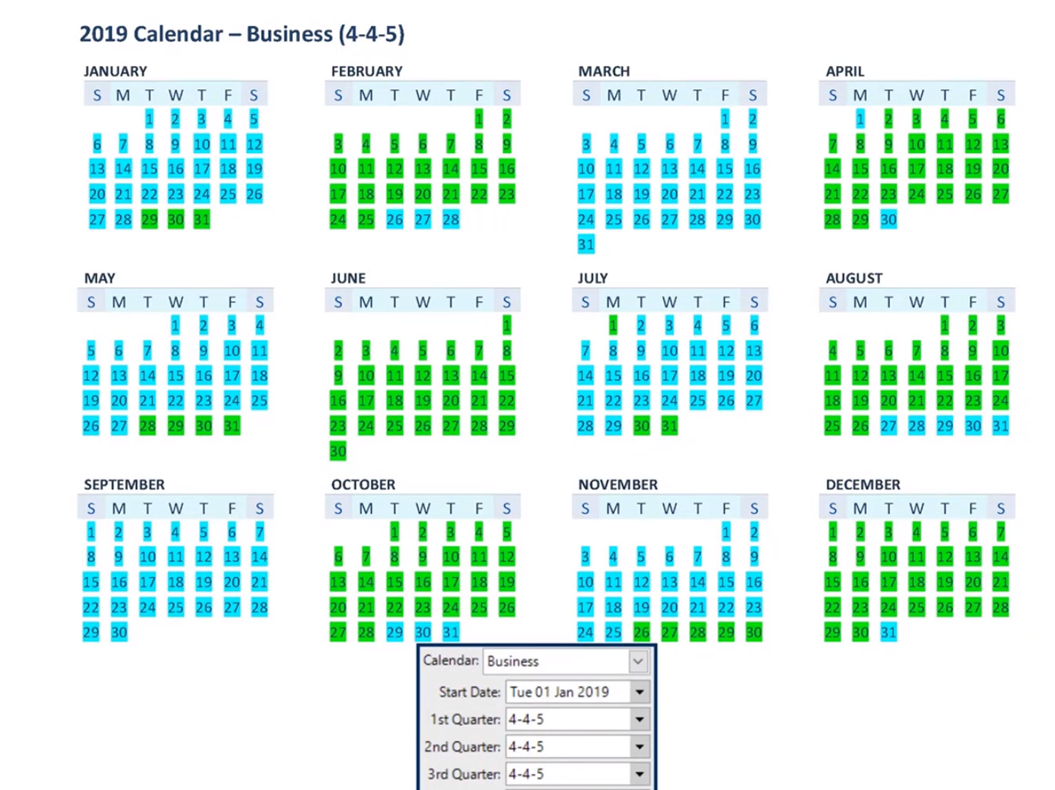- INTERNAL - Bepoz Help Guides
- End-User | System Setup & Admin
- Global, Venue, Store, Till & Device Setups
-
End-User | Products & SmartPOS
-
End-User | Stock Control
-
End-User | Table Service and Kitchen Operations
-
End-User | Pricing, Marketing, Promotions & Accounts
- Prize Promotions
- Points, Points Profiles and Loyalty
- Product Promotions
- Repricing & Discounts in SmartPOS
- Vouchers
- Account Till Functions
- Pricing, Price Numbers and Price Modes
- Raffles & Draws
- Marketing Reports
- Accounts and Account Profiles
- Rewards
- SmartPOS Account Functions
- Troubleshooting
- Product Labels
- Packing Slips
-
End-User | System Setup & Admin
-
End-User | Reporting, Data Analysis & Security
-
End-User | Membership & Scheduled Billing
-
End-User | Operators, Operator Permissions & Clocking
-
Interfaces | Data Send Interfaces
-
Interfaces | EFTPOS & Payments
- NZ EFTPOS Interfaces
- Linkly (Formerly PC-EFTPOS)
- Adyen
- Tyro
- ANZ BladePay
- Stripe
- Windcave (Formerly Payment Express)
- Albert EFTPOS
- Westpac Presto (Formerly Assembly Payments)
- Unicard
- Manager Cards External Payment
- Pocket Voucher
- OneTab
- Clipp
- eConnect-eConduit
- Verifone
- AXEPT
- DPS
- Liven
- Singapore eWallet
- Mercury Payments TRANSENTRY
- Ingenico
- Quest
- Oolio - wPay
-
Interfaces | SMS & Messaging
-
Interfaces | Product, Pricing, Marketing & Promotions
- Metcash Loyalty
- Range Servant
- ILG Pricebook & Promotions
- Oolio Order Manager Integration
- Ubiquiti
- Product Level Blocking
- BidFood Integration
- LMG
- Metcash/IBA E-Commerce Marketplace
- McWilliams
- Thirsty Camel Hump Club
- LMG Loyalty (Zen Global)
- Doshii Integration
- Impact Data
- Marsello
- IBA Data Import
- Materials Control
- Last Yard
- Bepoz Standard Transaction Import
-
Interfaces | Printing & KDS
-
Interfaces | Reservation & Bookings
-
Interfaces | Database, Reporting, ERP & BI
-
Interfaces | CALink, Accounts & Gaming
- EBET Interface
- Clubs Online Interface
- Konami Interface
- WIN Gaming Interface
- Aristocrat Interface
- Bally Interface
- WorldSmart's SmartRetail Loyalty
- Flexinet & Flexinet SP Interfaces
- Aura Interface
- MiClub Interface
- Max Gaming Interface
- Utopia Gaming Interface
- Compass Interface
- IGT & IGT Casino Interface
- MGT Gaming Interface
- System Express
- Aristocrat nConnect Interface
- GCS Interface
- Maxetag Interface
- Dacom 5000E Interface
- InnTouch Interface
- Generic & Misc. CALink
-
Interfaces | Miscellaneous Interfaces/Integrations
-
Interfaces | Property & Room Management
-
Interfaces | Online Ordering & Delivery
-
Interfaces | Purchasing, Accounting & Supplier Comms
-
SmartPOS | Mobile App
-
SmartPDE | SmartPDE 32
-
SmartPDE | Denso PDE
-
SmartPDE | SmartPDE Mobile App
-
MyPlace
-
MyPlace | myPLACE Lite
-
MyPlace | Backpanel User Guides
- Bepoz Price Promotions
- What's on, Events and tickets
- Staff
- System Settings | Operational Settings
- Vouchers & Gift Certificates
- Member Onboarding
- Members and memberships
- System Settings | System Setup
- Reports and Reporting
- Actions
- Offers | Promotions
- Messaging & Notifications
- System Settings | App Config
- Surveys
- Games
- User Feedback
- Stamp Cards
-
MyPlace | Integrations
-
MyPlace | FAQ's & How-2's
-
MyPlace | Release Notes
-
YourOrder
-
YourOrders | Backpanel User Guides
-
YourOrders | YourOrder Kiosk User Guide
-
YourOrders | Merchant App User Guide
-
WebAddons
-
Installation / System Setup Guides
- SmartPOS Mobile App | Setup
- SmartPOS Mobile App | SmartAPI Host Setup
- SmartPOS Mobile App | BackOffice Setup
- SmartPOS Mobile App | Pay@Table setup
- SmartKDS Setup 4.7.2.7 +
- SmartKDS Setup 4.6.x
- SQL Installations
- Server / BackOffice Installation
- New Database Creation
- Multivenue Setup & Config.
- SmartPOS
- SmartPDE
- Player Elite Interface | Rest API
- Interface Setups
- Import
- KDSLink
- Snapshots
- Custom Interface Setups
-
HOW-2
- Product Maintenance
- Sales and Transaction Reporting
- SmartPOS General
- Printing and Printing Profiles
- SQL
- Repricing & Discounts
- Stock Control
- Membership
- Accounts and Account Profiles
- Miscellaneous
- Scheduled Jobs Setups
- Backoffice General
- Purchasing and Receiving
- Database.exe
- EFTPOS
- System Setup
- Custom Support Tools
-
Troubleshooting
-
Hardware
13 | Business Calendar Deep Dive
A detailed explanation of how Business (Accounting) Calendars function and report per Bepoz Setup Summary The 4–4–5 calendar is a method of managing accounting periods, and is a common calendar structure for some industries such as retail and manufacturing . The 4–4–5 calendar divides a year into four quarters of 13 weeks grouped into two 4-week "months" and one 5-week "month". The grouping of 13 weeks may also be set up as 5–4–4 weeks or 4–5–4.
A detailed explanation of how Business (Accounting) Calendars function and report per Bepoz Setup
Summary
The 4–4–5 calendar is a method of managing accounting periods, and is a common calendar structure for some industries such as retail and manufacturing.
The 4–4–5 calendar divides a year into four quarters of 13 weeks grouped into two 4-week "months" and one 5-week "month". The grouping of 13 weeks may also be set up as 5–4–4 weeks or 4–5–4.
When this type of calendar is in use, reports with month-by-month comparisons or trends are flawed as one month is 25% longer than the other two. It could still compare a period to the same period in the prior year, or use week by week data comparisons.
Its major advantage over a regular calendar is that the end date of the period is always the same day of the week, which is useful for shift or manufacturing planning as every period is the same length.
A disadvantage of the 4–4–5 calendar is that it has only 364 days (7 days x 52 weeks), meaning a 53rd week will need to be added every five or six years: this can make year-on-year comparison difficult.
Weeks Per Year
The long years, with 53 weeks in them, can be described by any of the following equivalent definitions:
Any year start on Thursday (dominical letter D or DC) and any leap year starting on Wednesday (ED)
Any year ending on Thursday (D, ED) and any leap year ending on Friday (DC)
Years in which 1 January or 31 December are Thursdays
All other week-numbering years are short years and have 52 weeks.

The number of weeks in a given year is equal to the corresponding week number of 28 December, because it is the only date that is always in the last week of the year since it is a week before 4 January which is always in the first week of the following year
Using only the ordinal year number y, the number of weeks in that year can be determined:

The Start Date of a Business Calendar is how Bepoz calculates the 13-week periods and when they start when setting up a new system this needs to be two years prior (730 Days)
Examples:
If the Start Date is set to the 1st of Jan then your First Month is Jan (Month 1) but if you start your calendar in say July then July is Month 1 so your rolling period 4-4-5, 4-5-4 or 5-4-4 won't calculate a normal year starting from January 1st for each year but will be calculated from the Start Date Month and Day.
|
Example 1 |
Example 2 |
||||||||
|
Rolling Period |
Month |
445 |
Days |
13 Week Period |
Rolling Period |
Month |
445 |
Days |
13 Week Period |
|
Start Date |
|
01/01/2021 |
28 |
Quarter 1 |
Start Date |
|
01/06/2021 |
28 |
Quarter 1 |
|
Month 1 |
Jan |
29/01/2021 |
28 |
Quarter 1 |
Month 1 |
Jul |
29/06/2021 |
28 |
Quarter 1 |
|
Month 2 |
Feb |
26/02/2021 |
35 |
Quarter 1 |
Month 2 |
Aug |
27/07/2021 |
35 |
Quarter 1 |
|
Month 3 |
Mar |
02/04/2021 |
28 |
Quarter 2 |
Month 3 |
Sep |
31/08/2021 |
28 |
Quarter 2 |
|
Month 4 |
Apr |
30/04/2021 |
28 |
Quarter 2 |
Month 4 |
Oct |
28/09/2021 |
28 |
Quarter 2 |
|
Month 5 |
May |
28/05/2021 |
35 |
Quarter 2 |
Month 5 |
Nov |
26/10/2021 |
35 |
Quarter 2 |
|
Month 6 |
Jun |
02/07/2021 |
28 |
Quarter 3 |
Month 6 |
Dec |
30/11/2021 |
28 |
Quarter 3 |
|
Month 7 |
Jul |
30/07/2021 |
28 |
Quarter 3 |
Month 7 |
Jan |
28/12/2021 |
28 |
Quarter 3 |
|
Month 8 |
Aug |
27/08/2021 |
35 |
Quarter 3 |
Month 8 |
Feb |
25/01/2022 |
35 |
Quarter 3 |
|
Month 9 |
Sep |
01/10/2021 |
28 |
Quarter 4 |
Month 9 |
Mar |
01/03/2022 |
28 |
Quarter 4 |
|
Month 10 |
Oct |
29/10/2021 |
28 |
Quarter 4 |
Month 10 |
Apr |
29/03/2022 |
28 |
Quarter 4 |
|
Month 11 |
Nov |
26/11/2021 |
35 |
Quarter 4 |
Month 11 |
May |
26/04/2022 |
35 |
Quarter 4 |
|
Month 12 |
Dec |
31/12/2021 |
END |
|
Month 12 |
Jun |
31/05/2022 |
END |
|
Excel Formula Example:
This can also highlight when a year will have 53 weeks
Excel Formula Example:
This can also highlight when a year will have 53 weeks
With date in cell A1: 01/01/2020
With Month in cell B1 : =MATCH((A1-LOOKUP(A1,CEILING(DATE(YEAR(A1)+{-1,0,1},1,0)-4,7)+2))/7,{0,4,8,13,17,21,26,30,34,39,43,47})
With Week in cell C1: =CEILING((1+A1-LOOKUP(A1,CEILING(DATE(YEAR(A1)+{-1,0,1},1,0)-4,7)+2))/7-INDEX({0,4,8,13,17,21,26,30,34,39,43,47},B1),1)
|
Weeks |
Date |
Month |
Number of Weeks per Period |
|
1 |
01/01/2020 |
1 |
1 |
|
2 |
08/01/2020 |
